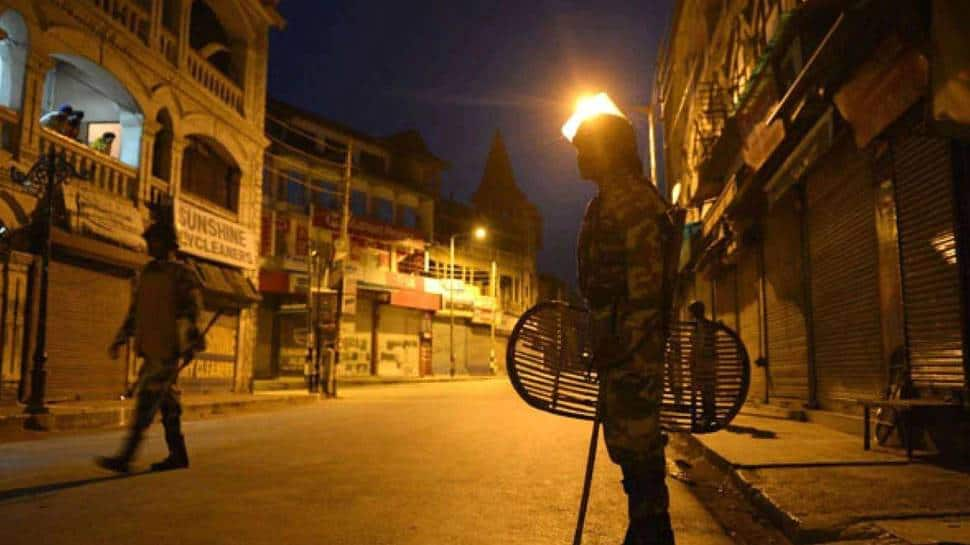
Ahmedabad: In an attempt to control the alarming increase in novel coronavirus cases in Ahmedabad, the authorities decided to impose a “full curfew” starting today (November 20).
The curfew period begins from 9:00 pm on November 20 until the morning of November 23 at 6:00 am. The decision to impose the 57-hour marathon curfew was made after an overnight review of the coronavirus situation in Ahmedabad.
Additional Chief Secretary (Forests and Environment) Rajiv Kumar Gupta announced on Twitter that during the “curfew” period, only shops selling milk and medicines will be allowed to remain open in Ahmedabad.
Read: Gujarat government announces major decision on school reopening
“Corona’s situation was reviewed late in the evening and it was decided that a ‘full curfew’ will be imposed from 9:00 PM tomorrow until 6:00 AM on Monday. from Ahmedabad. During this period, only stores selling milk and medicine will be allowed to remain open, “he wrote.
Corona’s situation was reviewed late in the evening and it was decided that a “full curfew” will be imposed from 9:00 pm tomorrow until 6:00 am on Monday in the city of Ahmedabad. During this period, only stores that sell milk and medicine will be allowed to remain open.
– Dr. Rajiv Kumar Gupta (@drrajivguptaias) November 19, 2020
Gupta reported that after the 57-hour curfew that ended Monday morning, there will be a night curfew in Ahmedabad that will remain in force every day between 9:00 p.m. and 6:00 a.m. from Friday (November 20) until new orders.
Gupta was appointed as a special service officer by the Gujarat government to oversee the coronavirus-related operations of the Ahmedabad Municipal Corporation (AMC).
In particular, the city of Ahmedabad has seen a steady increase in coronavirus cases since the beginning of November. On Thursday, up to 230 people from Ahmedabad were found infected with COVID-19 in the last 24 hours ending at 5 p.m., the Gujarat health department said.
On live Tv
In a statement released in the evening, Gupta said that although the AMC administration is taking various preventive measures, it is necessary to restrict the movement of people to contain the spread of the viral infection between people. The senior IAS official said restrictions are needed as people are flocking to markets and other places, increasing the chances of person-to-person transmission.
.